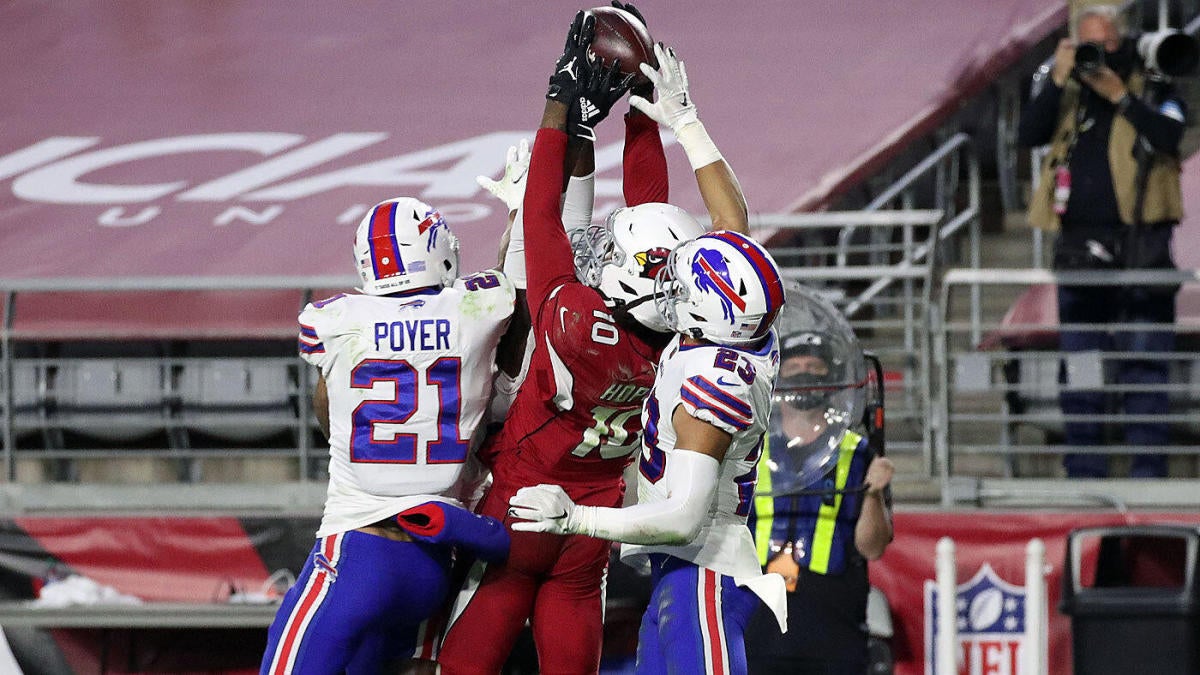

Depending on what matters most to us, that just might be the right approach. These victories build our legacy in a different way–more concretely and more tangibly than dreaming of magic ever could. The adoption of this idea might not produce “impossible” highlights like Doug Flutie’s nostalgic throw, but they might win us more games, more finals, and help stock our eternal trophy cabinets. The pressures that encourage teams to abandon their carefully constructed blueprint for more erratic late-game ideas exist and are understandable, but there are even stronger motives for staying true to one’s ideals. Throw after Hail Mary throw that never scored a touchdown, never won the game, and were buried in anonymity, forever. Frantic finales might be the road to a once-in-a-lifetime miracle, but may well cost teams in the long run for every grainy ‘84 highlight reel clip, there exist thousands of failed efforts that never see the limelight. It goes without saying that this is far from a dependable approach. It’s a tactic teams rarely ever employ at any other time in the game. One of the most common examples of this is what American Football calls a “Hail Mary”, the act of throwing soldiers up the field and bombing a ball into the endzone, simply hoping that one will result in a touchdown. But for football teams looking for consistent methodology, reliable ways to squeeze out points at the tail end of tight fixtures, this sounding-of-the-alarm can prove to be sharply detrimental. When these tense moments arise, many sides tend to discard their status quo–under the impression that’s it’s failed their expectations and time is up–and begin to hopelessly improvise.

The problem here is that the frantic finale, which we might define as the hurried search of this elusive and rare moment of triumph, represents an all-too-common tactical route that entices many, but benefits few. Towards the end of matches, this romantic fragility can often trigger a surge of desperation, an often debilitatingly counterproductive result. Loads of fixtures are decided by a single goal–one moment of sheer brilliance, or one moment of utter catastrophe–and that thin margin is what makes the sport so irresistibly poetic. Unlike other sports, football’s scoring opportunities are often few and far between. These tight, late-game circumstances that unnerve minds and stir stomachs, are awfully common over the course of a season. The buzzer beater, the stoppage time scramble–these are the frenzied clips we store deep in our brain’s cache, the ones we love to recount and relive, and thereby live on through our athletic culture. The mere act of sharing ideas forms the fabric of our social society, and serves as the entry key for conversations, fueling our senses of contribution and acceptance, and spiking our brains with dopamine every time a listener smiles or leans in. As people, we are creatures of story, passing tales down from generations, with fleeting memories being some of the purest moments we can latch onto and share. This human tendency to obsess over sensationally unlikely occurrences is hardly abnormal. These are frantic finales: last-attempt rolls of the sporting dice that hit the jackpot–but they’re not as glamorous as they might look. Not the strong-willed efforts, nor the held-down forts, no–the attack-minded miracles that prevailed over all odds. When we think of tense, last-gasp minutes of soccer, the incredulous victories are always those that come to mind. The Last Throw, Charles Robert Leslie, Ca.


 0 kommentar(er)
0 kommentar(er)
